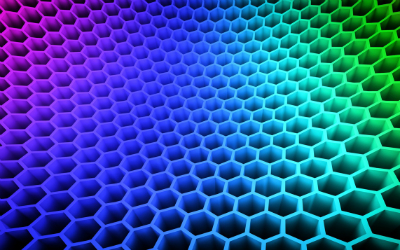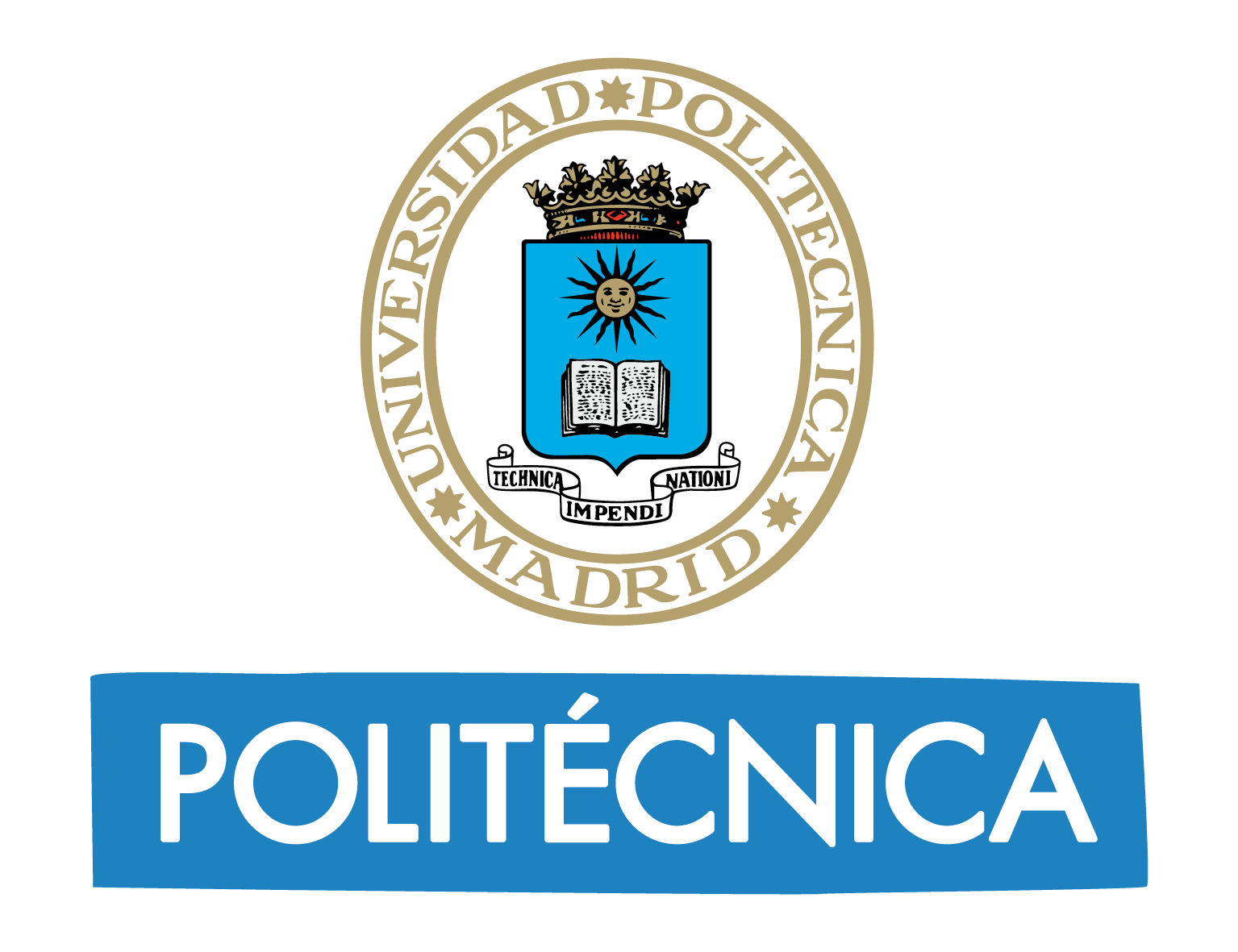New technique to reveal defect densities in graphene layers
A UPM researcher has been involved in the development of a method that determines the density of defects in two-dimensional nanomaterials due to measurements of spatial coherence of light that strike them.
Researchers from University of Central Florida (UCF) in collaboration with a researcher from Universidad Politécnica de Madrid (UPM) have published an article in the Optica journal that suggests a new phenomenon when measuring the changes on the coherence of a light beam that strikes a monolayer of carbon atoms.
Researchers have shown that there is a direct relationship between light properties and structural properties of a two-dimensional material in a way that this procedure can determine the defect density of a layer. This paves the way towards its usage as a reliable quality control method when manufacturing graphene layers.

Credits: Freeimages
The interaction between the light and the matter has been and still is a relevant field of research due to the high number of applications. Particularly, the capacity to control the interaction light-matter on a scale below the wavelength of the electromagnetic radiation used in an experiment has fascinating consequences for material sciences and a range of photonics technologies.
In this context, a team of researchers, including the Professor Félix Salazar from School of Mining and Energy Engineering (ETSIME) at UPM, have used a monolayer of graphene to show that the relative properties of the spatial coherence of light in the proximity of surfaces illuminated by randomized electromagnetic fields, is significantly affected by the density of defects in crystalline lattices of this material.
This direct relationship between the modifying properties of light and the number of defects of a layer after the analysis of the elastic interaction between photons and atoms allows us to detect the defects of two-dimensional material productions such as graphene.
The quality of a product is essential in any process of production, thus it is necessary to accurately find out the purity of samples that will be put on the technological market. The developed methodology can be used as a reliable method of production process control of these two-dimensional layers.
In addition to the detection of defects in two-dimensional layers, the studied phenomenon can be used in reverse. That is, introducing defects in a controlled way would allow us to change the will of the spatial properties of incident light, resulting in an interesting field of application in the technology of photonic devices and photovoltaic cells, among others.
To conclude Félix Salazar Bloise states “we have found out a new phenomenon in an atom layer, essentially transparent, that is able to change the spatial coherence of the light through a two-dimensional material, and this can be used to find out the number of defects existing in a monolayer of atoms as well as to manipulate the incident light.”
Roxana Rezvani Naraghi, Luiz Gustavo Cançado, Félix Salazar-Bloise, And Aristide Dogariu, Near-field coherence reveals defect densities in atomic monolayers, Optica 4 (2017), p. 527-531.


